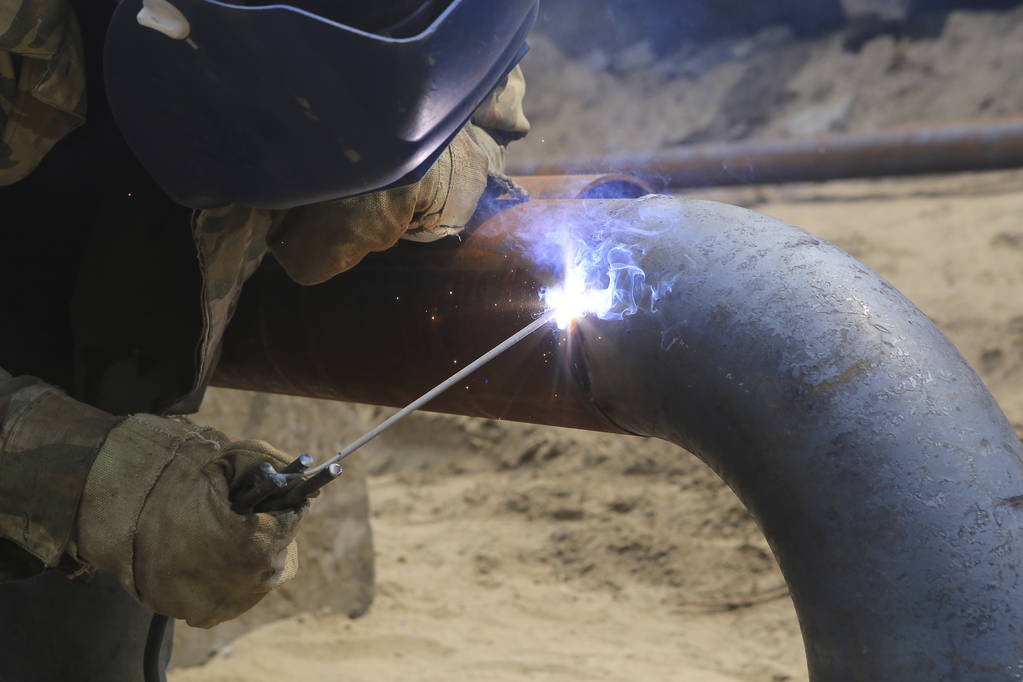The principle of welding low temperature steel
 Aug 12, 2022|
Aug 12, 2022| View:265
View:2651. Welding Method
Commonly used welding methods include electrode arc welding, submerged arc welding, and tungsten argon arc welding.
2. Welding Materials
For arc welding of -40℃ grade 16MnDR steel, E5015-G or E5016-G high-toughness electrodes can be used. In submerged arc welding,
neutral smelting flux can be used with Mn-Mo welding wire or basic flux with Ni welding wire, so that the weld metal has good low
temperature toughness.
For welding consumables containing Ni-containing low-temperature steel, the Ni content should be slightly higher or equivalent to that of
the base metal, but when w(Ni) is greater than 2.5%, the weld is prone to have a coarse lath-like bainite structure, which increases the toughness.
Therefore, quenching and tempering treatment should be carried out after welding to improve low temperature toughness.

3. Welding Specifications and Welding Measures
To determine the welding specifications and welding measures for low-temperature steel, the following three principles should be considered:
1) Control welding heat input
In order to prevent the appearance of coarse ferrite or coarse martensitic structure, the welding heat input should be reduced as much as possible,
and the practice of increasing the welding speed to reduce the welding heat input should be adopted. The welding heat input depends on the welding
method, and the general control is: electrode arc welding should be below 2.0k/mm, and submerged arc welding is usually controlled within the range
of 28-45kJ/mm. In addition, if preheating before welding is required, the preheating temperature and the interpass temperature of multi-pass welding
should be strictly controlled.
2) Multi-layer multi-pass welding is adopted, and the temperature between layers (inter-pass) is reduced.
Only by using multi-layer multi-pass welding can reduce the welding heat input and avoid overheating. At the same time, multi-pass welding can use
the reheating effect of the subsequent pass on the previous pass to refine the grains and prevent the appearance of coarse ferrite and coarse martensite.
When multi-pass welding is used, the number of weld passes should be increased and the interpass temperature should be reduced.
3) Use the "surface annealing bead" or "cracking source bead" method to weld.
"Surface annealing bead" is to remelt the surface of the weldment with TIG welding without filler wire, which can improve the weld and improve the
toughness of the fusion zone. "Crack source weld bead" is to weld a weld bead in the fusion zone to eliminate stress concentration sources such as
undercut and improve the toughness and crack resistance of the fusion zone.
In addition, in the welding process of low temperature steel, in order to avoid the formation of coarse structure in the weld metal and the area near the weld,
and reduce the toughness of the weld and the heat-affected zone, try not to swing the electrode during the test welding, use a narrow bead, and the welding
current is not Should be too large, a rapid multi-pass welding process should be used.






